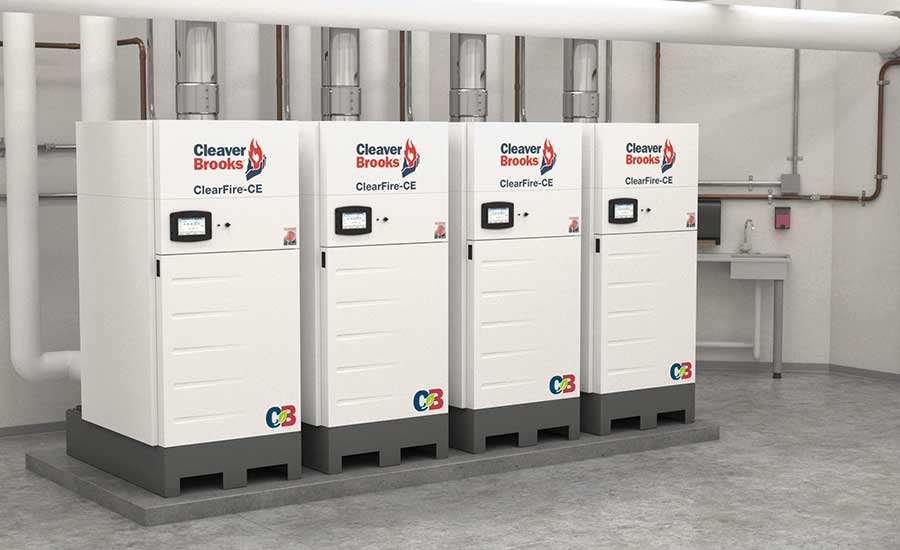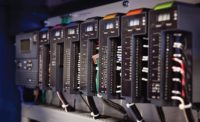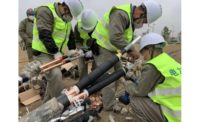Whether running hydronic or steam boilers, there are many ways to reduce operational costs throughout their life cycles.
1. Select new equipment with lower operating costs — When choosing new equipment, initial costs can be daunting. While there may be a natural inclination to try to save money at every step, the long-term consequences of the selection should be factored into the purchase decision.
A boiler is a long-term asset that will be in service for many years. During that time, the greatest expense will be its operating cost. This expense can be difficult to plan for, as there are many external influences on the cost of fuel, but efficiency upgrades will reduce it over time. Estimating how long it will take to recover the extra cost of upgrades via energy savings can also help influence this decision.
2. Properly operate condensing boilers — A condensing boiler can achieve energy efficiency of up to 98% when operated properly. These boilers are engineered to withstand lower stack temperatures without damage and are designed to work best with the lowest possible return temperature.
Condensing boilers begin to increase efficiency over noncondensing boilers only when there is a large delta between the return temperature and the operating temperature. Efficiency reaches its peak with a return temperature of 80°F or less.
Facilities often replace noncondensing boilers with condensing ones without changing how they are operated. Without a low return-water temperature, a condensing boiler is no more efficient than a noncondensing one.

3. Monitor the water temperature on a steam boiler — Being that a steam boiler is made of steel, consider the thermal characteristics of the material. Steel does not react well to rapid changes in temperature; the expansion and contraction cycles can fatigue the steel and cause failure points to develop. So, during boiler operation, it’s important to ensure any temperature change is gradual.
A steam boiler will cycle on and off to maintain a set pressure. When the boiler has been off for an extended period, the water inside it becomes cold, and the delta between the water temperature and the burner output can be extreme, leading to thermal shock.
Adding a temperature sensor allows the firing rate to gradually increase as the boiler warms. Without monitoring the water temperature, this type of thermal shock protection is not possible, since simply monitoring steam pressure does not accurately indicate a warm vessel.
4. Connect VFDs to fans and pumps — Variable frequency drives (VFDs) are common in today’s boiler rooms. In addition to providing controllability, understanding the affinity laws that dictate the relationship between flow, power, and other characteristics of operation can lead to energy savings when properly applied.
The affinity laws define flow as being linear to the speed, changing together in proportion. The power used is the cube of the speed. What this means is that as you increase the speed of a fan or pump, the energy usage increases exponentially by a factor of eight. This can be used to save energy, as a motor operating at 80% uses about half of the electricity as a motor operating at 100%. This can be confirmed by calculating the multiplier, which is the motor speed cubed (0.8 x 0.8 x 0.8 = 0.512).
5. Add a host sequencing panel — When there are multiple boilers connected to the same water loop or steam header, each will act independently to satisfy the load. This can result in excessive cycling and inefficiency. One solution is to connect the boilers together with a host sequencing panel.
A host sequencing panel manages multiple boilers by controlling the cycling and modulation of each unit. A single temperature or pressure sensor monitors the output, and an algorithm, tuned by a qualified service technician, ensures that the set point is satisfied in the most economical way. Advanced options may be available for remote connectivity, pump control, or other boiler-specific functionality.
6. Take advantage of monitoring options — The best way to monitor a boiler is to ask about an Internet of Things (IoT) monitoring solution. These systems are designed to offer the most important operating and notification data for a boiler at anytime from anywhere.
Users can remotely monitor their boiler systems, view key performance indicators, receive alerts, utilize an asset diagnostic tool, and review trend reports, moving from a reactive approach to a predictive stance in order to reduce boiler maintenance costs and improve uptime.
7. Incorporate oxygen trim — An oxygen trim system adds a sensor into the combustion stack to continuously monitor the level of oxygen during boiler operation. The oxygen level or stack temperature can be monitored to create an alarm if either one falls outside of a defined range. Algorithms monitor the oxygen level and make controlled adjustments to one of the channels of combustion (typically air) to keep the level at a target set point. This action has many safeguards to ensure these adjustments keep combustion safe.
Without oxygen trim, variations in ambient temperature will result in changes to combustion efficiency. This will lead to higher energy costs, and it may be necessary to retune the boiler if there is a significant temperature change.
8. Seek out utility rebates and incentives — Utility providers are always looking for ways to increase capacity in their service areas. They need to find ways to satisfy the constantly growing energy requirements of their customers.
One method natural gas utilities use to reduce customer usage is the policy of curtailment. In this case, a customer stops using natural gas when requested in exchange for a lower fuel price. This requires customers to utilize burners that can run on multiple fuels.
Rebates may be offered when equipment is upgraded to more energy-efficient models. It is also common for electric utilities to provide rebates when VFDs are added to existing motor-driven devices.
9. Apply proper instrumentation and technique during commissioning — The performance of a boiler after commissioning is only as good as the amount of time and effort that is put into the task. It is imperative to select qualified, trained technicians who understand what is required for a professional outcome.
With a modulating boiler, it is critical that the firing rate from low to high fire has linear heat output. To do so, it is also important to use instrumentation to verify fuel flow rates. Make sure the maximum output is reached during high fire and the turndown is exactly as advertised.
Always use a calibrated combustion analyzer when tuning the burner. Determine the target oxygen levels for both high and low fire from the burner manufacturer. Never adjust combustion without monitoring the analyzer.
The last step is to properly tune the PID parameters to maintain the desired set point. If commissioning is done well, tuning the PID loop should not be difficult and will result in good performance.
10. Conduct a boiler plant optimization — When replacing or upgrading a boiler, use the opportunity to see what other upgrades you can make in the boiler room. Consider the boiler room and its components as one integrated system rather than as a collection of separate components.
When selecting controls, seek out a system with the capacity to connect all the required devices. This enables the boiler and accessories to be controlled by a single piece of equipment, enhancing system efficiency and savings. Also consider updating the deaerator, water level, draft, or other dedicated controls as well as chemical feed and makeup water systems to optimize operations.
By Carlo Zaskorski, corporate director of controls, Cleaver-Brooks
For more information, visit the Cleaver-Brooks website.




